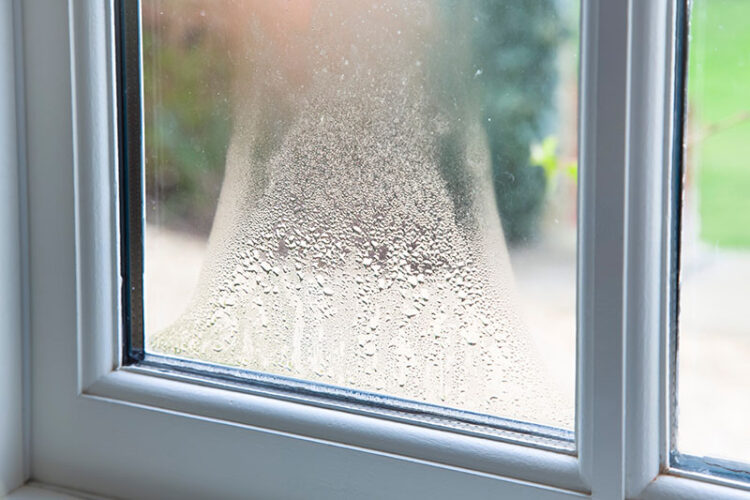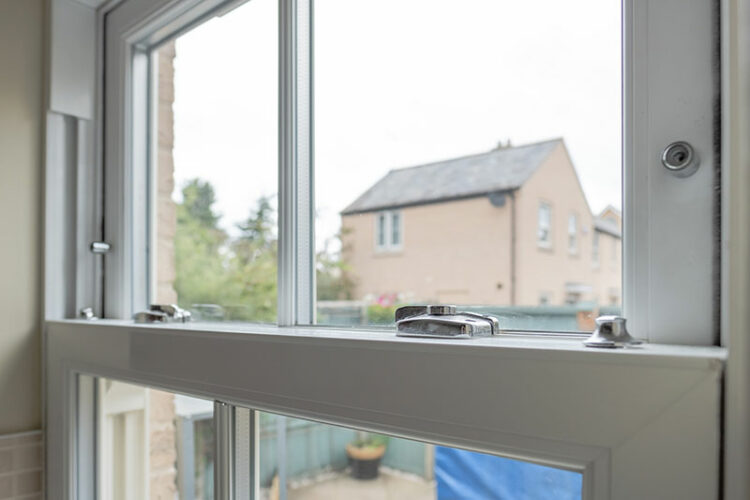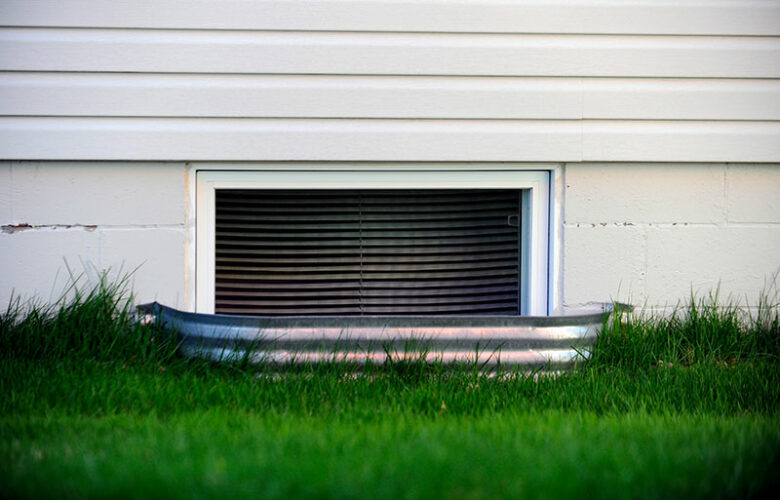Black Mold on Window Sills: Causes, Treatment, Prevention

When there’s a difference in temperature from the inside to the outside, you will notice condensation on your windows. This creates conditions for mold to develop on your windowsills. Mold is a problem that you create for yourself, in a way, because it breeds and grows in damp, warm places.
Mold will grow in places with a lot of moisture, such as around leaks in roofs, basements, and especially windows. Here’s how to kill black mold on windowsills. You must install condensation resistant windows, as well as seal up your home and improve ventilation, so the moisture finds its way out.
Black mold causes a musty odor and leaves a stain on the sill, but it can also be a health hazard. It is important to eliminate black mold as soon as you notice it, or it can spread and rot the wood of the windowsill. Here’s how to get rid of mold on window sills.
How to clean mold off window sills
First, you need to make the right choice of mold-killing products. You need something that will eliminate both the mold and its roots. If the roots are left intact, they will quickly start growing again.
- Bleach. Not an effective way to eliminate mold on any surface because it cannot penetrate the surface and kill its roots. Bleach is only good for removing the mold color.
- White vinegar. A popular choice for people who want to avoid using chemicals. However, it only kills some forms of mold and is not an effective mold cleaner.
- Ammonia. A good short-term solution for surface cleaning because it cannot penetrate a porous surface to kill the mold. Never try to mix ammonia and bleach because the mix creates a poisonous gas.
- Hot soapy water. The most ineffective way to eliminate mold.
- Baking soda. This is a great, multi-purpose cleaning product. It is a great treatment for mold because it eliminates the mold and absorbs the moisture that mold needs in order to grow.
- Hydrogen peroxide. An anti-fungal product that’s relatively cheap to buy. It will kill the mold and is a safe product to use.
- Tea tree oil. The best product for treating mold, but also the most expensive. It can eliminate all traces and roots of the mold.
Next, get a pair of gloves, safety goggles, and a dust mask to avoid the dangerous spores that mold can release into the air. The floor under the window should be covered with a plastic cover and taped in place, so any falling mold spores don’t fall on the carpet or flooring. Open the window, so the spores can fall outside, instead of inside your house.
You will need a damp microfiber cloth and a toothbrush. Dip the toothbrush in the solution of your choice and start scrubbing the mold. Once it’s removed, wipe the surface clean with a damp microfiber cloth. Let the windowsill dry completely, then wipe it again with a cloth dampened in clean water to remove any remaining residue. Allow it to dry again and close the window. Untape the plastic cover, fold it, and put it in the trash.
Get a Free Estimate Today
50% off installation. Special financing available. See details.
Will black mold return on my windowsills?
Remember: how quickly the mold returns (if it returns) depends on how you treat it. Black mold can come back if the conditions that made your windowsill moldy in the first place are not tackled. To fix this issue, you must attack the root cause.
Do your windows keep collecting condensation despite your improving ventilation or using a dehumidifier? Then the problem could be due to the failing windowpane seal or old and drafty windows. Hopefully, this article has taught you how to remove mold from window sills.
Contact 1-800-HANSONS for any window replacement or home improvement services. We offer a wide selection of windows that will solve your condensation issues for good. Click here for a FREE estimate.
















